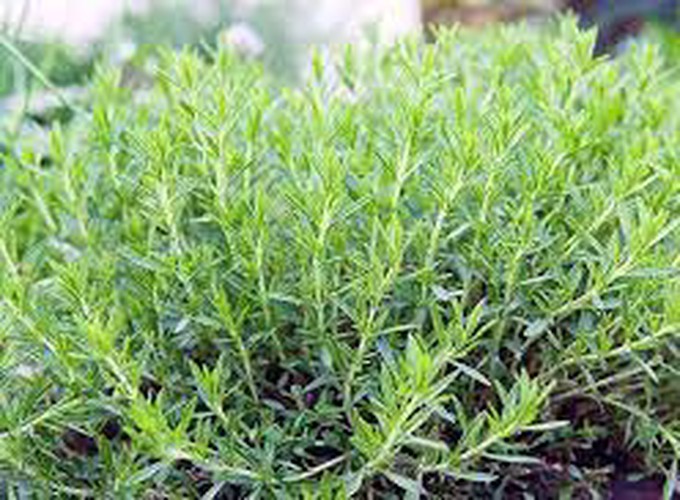

Plant extracts have been proposed as alternative biocides and antioxidants to be included in a variety of food products. In this work, to assess the potential of French lavender, lemon balm, basil, tarragon, sage, and spearmint to be used as food additives, the chemical profiles and bioactivities of such plant extracts were studied. Furthermore, to evaluate the influence of extraction methods and solvents on the chemical characteristics and bioactivities of the plant extracts, two extraction methods (solid-liquid and Soxhlet extraction) and two solvents (water and ethanol 70% (v/v)) were tested for each plant. Groupwise summary statistics were calculated by plant, extraction method, and solvent, and linear models were built to assess the main effects of those terms and their interactions on the chemical characteristics and bioactivities of the extracts. The results revealed that all factors—type of plant, extraction method and solvent—have influence on the chemical profile and antioxidant activity of the resultant extracts. Interactions between factors were also observed. Hydroethanolic Soxhlet extracts presented the least potential as biopreservatives due to their low phenolic content and reduced antioxidant capacity. Oppositely, aqueous Soxhlet extracts and hydroethanolic solid-liquid extracts showed high contents in phenolic compounds and high antioxidant activities. In particular, the hydroethanolic solid-liquid extracts of lemon balm, spearmint, and sage presented the highest phenolic and flavonoid contents, accompanied by a high antioxidant activity, and they revealed antimicrobial activity against four pathogens (S. enterica ser. Typhimurium, E. coli, L. monocytogenes and S. aureus). These results demonstrate the potential of these natural resources to be incorporated as bioactive preservatives in foods or their packaging.